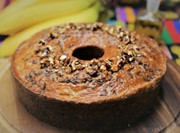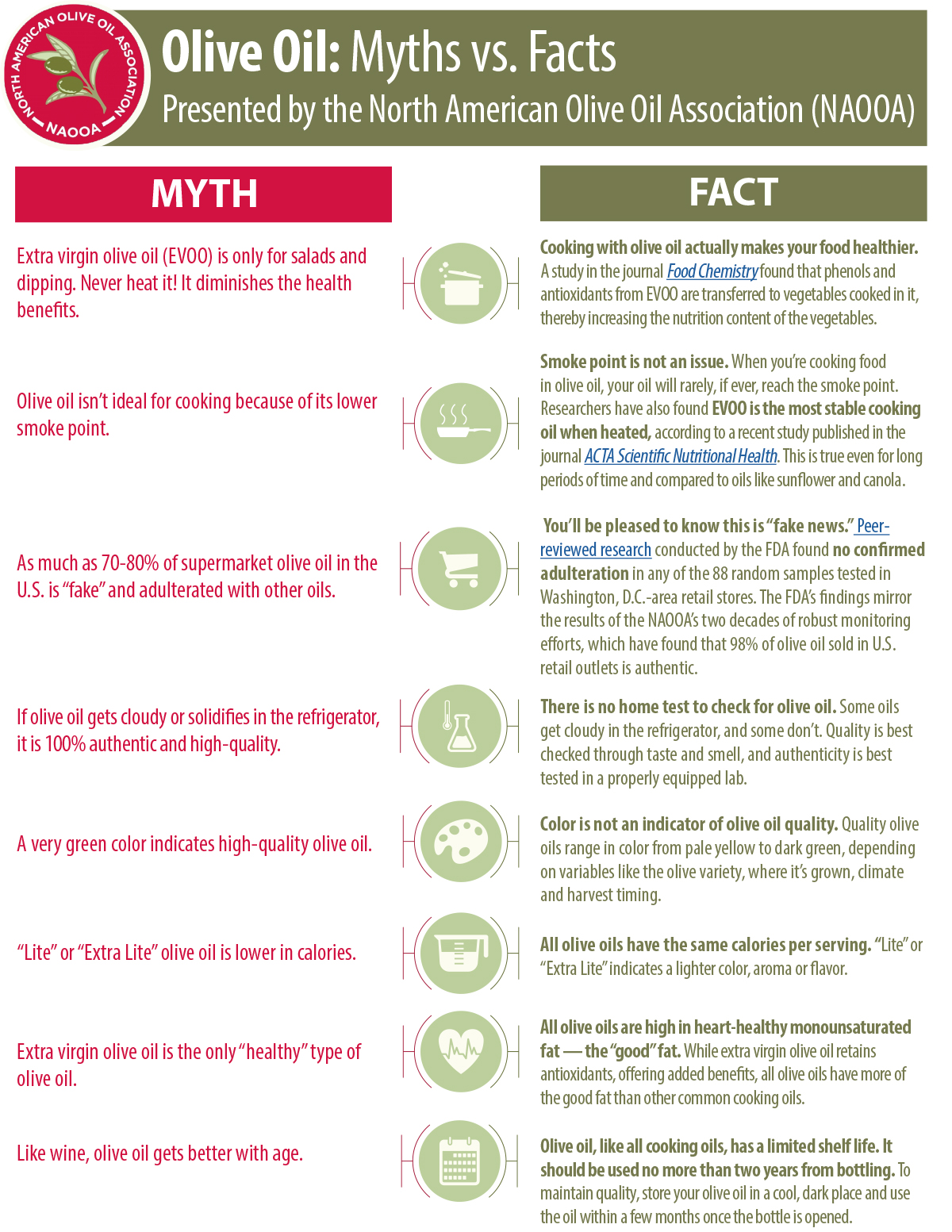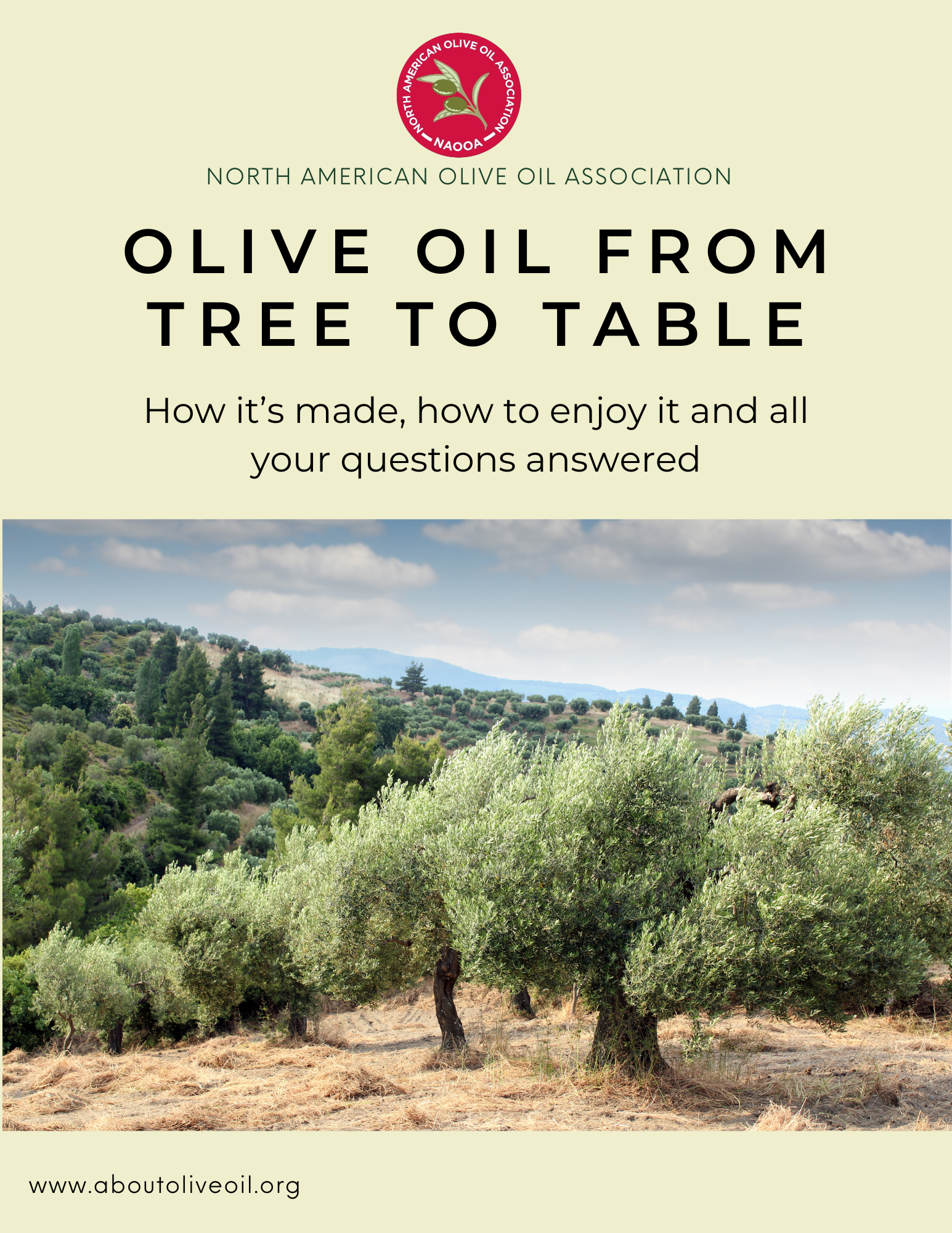By Estelle Sohne, founder of Flour & Olive
Nigerian Proverb: The sky is vast enough for all birds to fly without collisions
The olive tree is a beautiful symbol of ingenuity, resilience, peace and cross-cultural collaboration. It is impossible to speak about its history without immediately delving into the importance of international trade and its impact on culture and cuisine.
North Africa’s history is interwoven with the Phoenicians who brought olive trees to the region around 3000 years ago followed by the indigenous Berbers, Romans and Arabs who each contributed to the improvement and expansion of olive cultivation. Today, North Africa is home to four of the top ten olive-producing countries in the world: Tunisia, Morocco, Algeria, and Egypt. Although the introduction of commercial olive production to South Africa is much more recent, it is now the fifth largest olive oil producer in the Southern Hemisphere.
Olive oil is integral to the cuisines of the countries where it is produced and easily adaptable to other African culinary traditions. Sandwiched between the African olive-producing regions, the rest of the continent is bursting with potential to bring diversity and unique flavors to the olive oil table, from couscous to jollof, piri piri to braii. With over a thousand olive varieties in existence, olive oil’s boundless culinary possibilities are limited only by our imaginations and adaptability!
Of course, olive oil is versatile enough to be used in both savory and sweet dishes. So we at Flour & Olive have included several African-inspired cakes in the recipe collection for our mixes. The cultural diversity behind each one provides a unique opportunity to pair them with an African-produced extra virgin olive oil for an unforgettable taste of Africa (but any good extra virgin olive oil will do!).
And while the Flour & Olive cake mixes were specially formulated for and tested using extra virgin olive oil, we encourage you to experiment with using olive oil as a substitute for other oils or fats in your own from-scratch recipes. ***
From North to South, a Journey of Taste and Culture
Our journey begins in North Africa, where olive oil has been a staple for thousands of years. The region’s strategic position as a crossroads between Africa, Europe and the Middle East is reflected in its incredible cuisine. We start in Egypt, one of the first places of olive cultivation and the birthplace of cakes – essentially honey-sweetened breads.
 Our Egyptian Whole Orange and Almond cake is a moist and rich cake brushed with a honey glaze. Next, our melt-in-your-mouth Tunisian Citrus Yogurt cake blends olive oil with the flavors of basboussa, a Middle Eastern sweet cake with roots in the Ottoman Empire. This delicious tour of North Africa ends with French and Spanish-influenced Algerian and Moroccan citrus cakes that are a perfect canvas for a mild-flavored extra virgin olive oil.
Our Egyptian Whole Orange and Almond cake is a moist and rich cake brushed with a honey glaze. Next, our melt-in-your-mouth Tunisian Citrus Yogurt cake blends olive oil with the flavors of basboussa, a Middle Eastern sweet cake with roots in the Ottoman Empire. This delicious tour of North Africa ends with French and Spanish-influenced Algerian and Moroccan citrus cakes that are a perfect canvas for a mild-flavored extra virgin olive oil.
 As we cross into sub-Saharan Africa, we recommend using a bolder extra virgin olive oil that accentuates the flavors of the recipe. Our Ethiopian Coffee Spice cake is a rich ginger cake infused with chocolate and coffee notes that celebrates the country’s history as the birthplace of the coffee plant and the tradition of brewing coffee with spices. (Image by PICHA)
As we cross into sub-Saharan Africa, we recommend using a bolder extra virgin olive oil that accentuates the flavors of the recipe. Our Ethiopian Coffee Spice cake is a rich ginger cake infused with chocolate and coffee notes that celebrates the country’s history as the birthplace of the coffee plant and the tradition of brewing coffee with spices. (Image by PICHA)
 Journeying to West Africa, our Gold Coast Chocolate cake was inspired by the important role gold and cocoa play in Ghana’s economy. This decadent cake is a chocolate lover’s dream, with a moist texture complemented by a luxuriant whipped chocolate ganache.
Journeying to West Africa, our Gold Coast Chocolate cake was inspired by the important role gold and cocoa play in Ghana’s economy. This decadent cake is a chocolate lover’s dream, with a moist texture complemented by a luxuriant whipped chocolate ganache.
 Moving east to Kenya, our Banana Chocolate Chip Cake celebrates banana and roasted peanuts - a street food that is beloved not only in Kenya, but also other East and West African countries. The salty-sweet crunch of peanut brittle is a perfect contrast to this moist banana cake and showcases the snack's popularity.
Moving east to Kenya, our Banana Chocolate Chip Cake celebrates banana and roasted peanuts - a street food that is beloved not only in Kenya, but also other East and West African countries. The salty-sweet crunch of peanut brittle is a perfect contrast to this moist banana cake and showcases the snack's popularity.
 Finally, our South African Heuningkoek (Honey Cake) is a delicious vanilla cake served right out of the oven oozing with a hot honey butter sauce. This recipe provides a sweet ending to our journey across the continent, connecting this South African recipe to the origins of honey cake in ancient Egypt.
Finally, our South African Heuningkoek (Honey Cake) is a delicious vanilla cake served right out of the oven oozing with a hot honey butter sauce. This recipe provides a sweet ending to our journey across the continent, connecting this South African recipe to the origins of honey cake in ancient Egypt.
Meanwhile, we warmly invite you to visit us at Flour & Olive to continue your delicious cake journey with our interactive international cake map!
Recipe: South African Honey Cake with Honey Butter Sauce
This traditional South African Heuningkoek (Honey Cake) is a delicious vanilla cake served right out of the oven oozing with a hot honey butter sauce. Try it with one of South Africa's award-winning extra virgin olive oils!
INGREDIENTS
- Flour & Olive Vanilla Cake Mix
- 3 large eggs (about 189g, weighed with shell)
- ⅔ cup mild extra-virgin olive oil (134g)
- ¾ cup warm, whole milk (180g)
- 2 tablespoons honey (45g)
- 1 tablespoon juice and zest from a small orange
INSTRUCTIONS
- Preheat oven to 325°F (165ºC). Grease a 9 or 10-inch tube pan and line the bottom with parchment paper.
- Beat eggs at high speed for 3-5 minutes until light and fluffy. With the mixer still running, gradually add the olive oil in a thin drizzle and beat until thick and creamy.
- Add the warm milk, honey, orange juice, zest and the vanilla cake mix.
- Beat on low speed for one minute until well combined.
- Pour batter into prepared pan and bake for 40-45 minutes until toothpick inserted in center comes out clean or with a few moist crumbs. Cool in baking pan for 5-10 minutes before unmolding.
THE SAUCE
INGREDIENTS
- ¼ cup mild honey (90g)
- ¼ cup butter (56g)
- ½ tablespoon orange juice
- ⅛ teaspoon salt
INSTRUCTIONS
- Microwave honey, butter, orange juice and salt on high for 1-2 minutes or until the butter has melted.
- Poke holes in the hot cake, pour the sauce all over and serve immediately.
About the Author
 Estelle Sohne is the founder of Flour & Olive, a company that produces premium olive oil cake mixes with a simple method to bake over 70 recipes from 45 countries! Born and raised in cosmopolitan Accra, Ghana, married to a French man and raising bilingual, multicultural children in the United States, Estelle’s mission is to seat the world at one olive table.
Estelle Sohne is the founder of Flour & Olive, a company that produces premium olive oil cake mixes with a simple method to bake over 70 recipes from 45 countries! Born and raised in cosmopolitan Accra, Ghana, married to a French man and raising bilingual, multicultural children in the United States, Estelle’s mission is to seat the world at one olive table.
Follow Flour & Olive on Facebook and Instagram and visit their website at www.flourandolive.com
*** Editor’s Note: Before experimenting with olive oil in your own cake recipes or with other cake mixes, you may want to review our post on the subject of substituting for vegetable oil, and this article. For a list of other cake recipes using olive oil, just search for the word “cake” on this website. When substituting olive oil for vegetable oil, you can substitute 1:1, but for butter, you could use this handy conversion chart.

.jpg)



